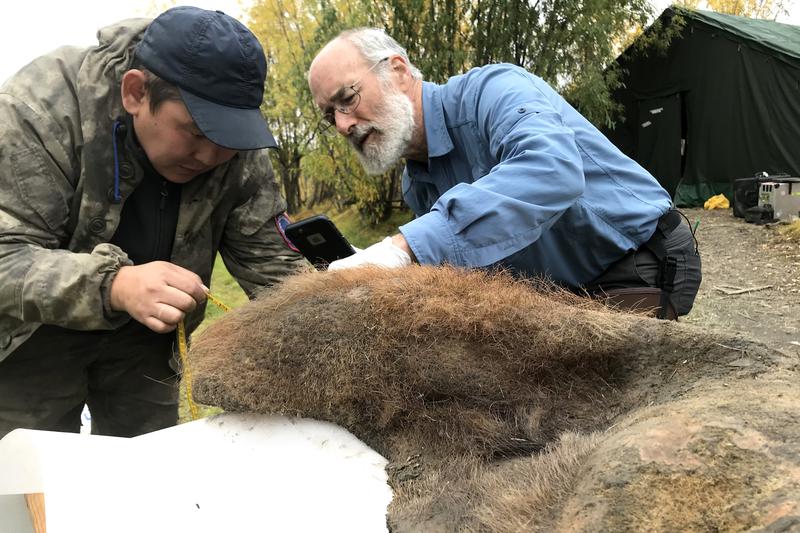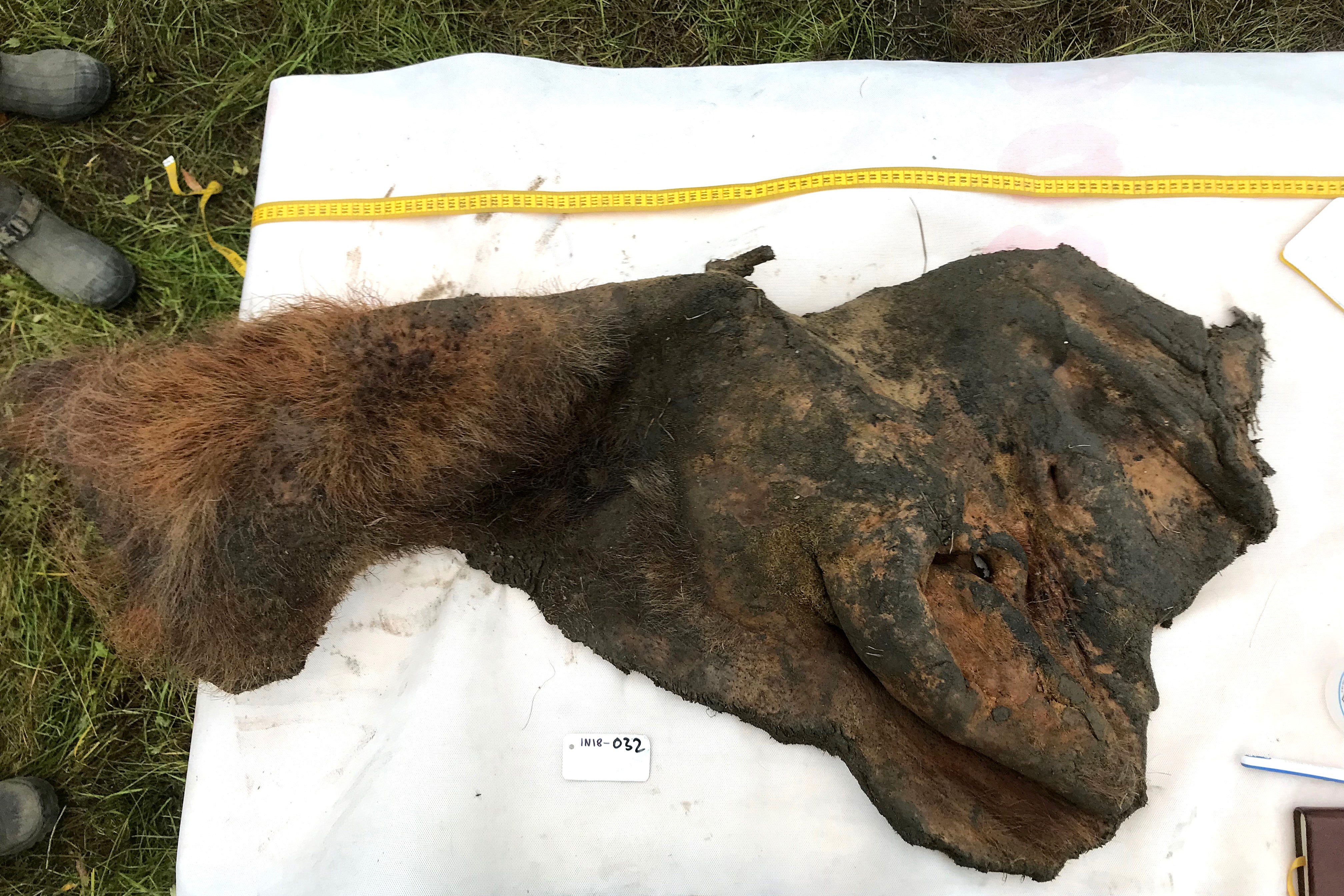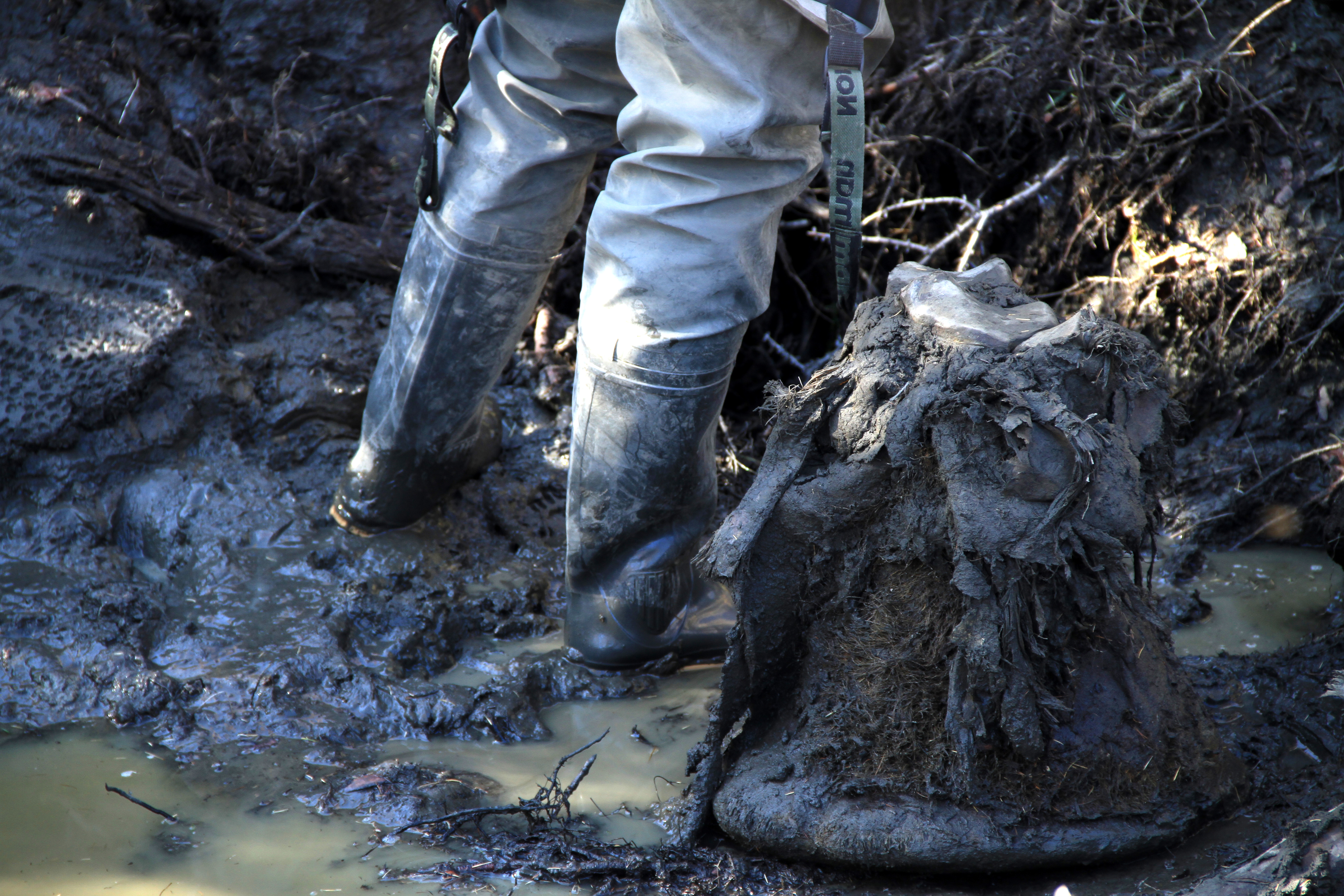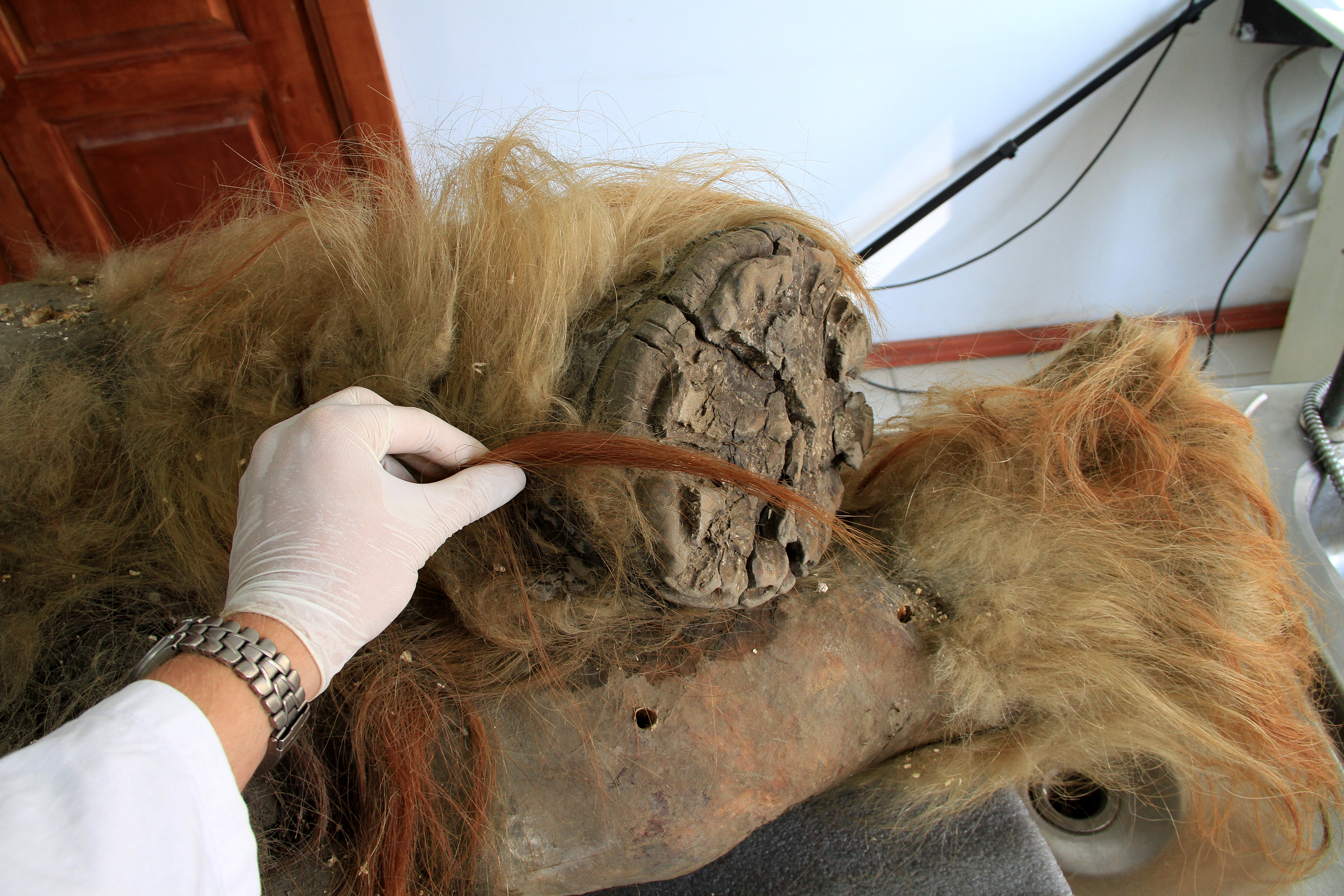Catalan researchers find fossils of ancient chromosomes in 52,000-year-old mammoth
Discovery allows scientists to assemble genomes of extinct species to know how they

A group of Catalan researchers from the Spanish Genome Analysis Center and the Genomic Regulation Center, both based in Barcelona, have found fossils of ancient chromosomes in a 52,000-year-old mammoth in Siberia.
The fossils preserve the structure of the ancient chromosomes down to the nanometer scale, billionths of a meter, and the discovery has been published in the Cell magazine.
“We’ve known that tiny fragments of ancient DNA can survive for long periods of time,” said Dr. Marcela Sandoval-Velasco of the Center for Evolutionary Hologenomics at the University of Copenhagen and co-first author of the new study.
"But what we found here is a sample where the three-dimensional arrangement of these DNA fragments was frozen in place for tens of millennia, thereby preserving the structure of the whole chromosome," she added in a statement shared.

The new discovery will allow scientists to study the history of life on Earth, as until now, the considered typical ancient DNA fragments rarely had more than 100 letters of the genetic code, which is far smaller than the full DNA sequence of any creature.
The fossil chromosomes can span hundreds of millions of genetic letters and "allow scientists to know which chains were in contact with other ones when this specific mammoth specimen died in Siberia," ICREA Research Professor Marc A. Marti-Renom told Catalan News.
"With that, we have discovered which genes are activated and inactivated in that sample, which gives us way more information on what we can do at the sequence of the genome," Marti-Renom added.
"Fossil chromosomes are a game-changer, because knowing the shape of an organism’s chromosomes makes it possible to assemble the entire DNA sequence of extinct creatures. This enables the types of insights that would not have been possible before," Olga Dudchenko, associate professor of the Center for Theoretical Biological Physics at Rice University in Houston, Texas, said in a written statement.

"We found that they have 28 pairs of chromosomes, which makes a lot of sense, because that’s what modern elephants have, and they are the woolly mammoth’s closest living relative," Juan Antonio Rodríguez, researcher at the University of Copenhagen and at the Spanish Genome Analysis Center based in Barcelona, said.
"It was extremely exciting to be able to count the chromosomes of an extinct creature for the first time. It is usually not possible to have this much fun simply counting from one to twenty-eight," he added.
"Einstein’s work makes a very simple prediction about chromosome fossils: under ordinary circumstances, they shouldn’t exist," Dudchenko said before adding, "and yet, here they are. It was a physics mystery!"
To explain this apparent contradiction, the researchers realized that the chromosome fossils were in a very special state, closely resembling the state of molecules in glass.
The idea that the mammoth remains, unearthed in 2018 in Siberian permafrost, were preserved in a glass-like state is not so farfetched. The researchers discovered that the chromosome fossils had been trapped inside a piece of freeze-dried woolly mammoth jerky.
Know the past
One of the uses these new techniques will be used for is to know how the species have evolved and adapted to climate changes and will allow to "study why some species exist and why some others do not," Marc Marti-Renom told this media outlet.
"We are aware that climate change is affecting all of us, so knowing which species have disappeared during the time and the reasons will help to address the situation that we are all going through with climate change," he added.
With fossils of ancient chromosomes, it is now possible to know which genome activity there was at the time of the mammoth's death and to be able to see those active and inactive genomes.

Biologists have been investigating for almost a decade and have also compared the structure of the fossils of ancient chromosomes to the ones of a modern elephant and while the woolly mammoth had active key genes that regulated the hair follicle, something that "is totally different than in elephants," Thomas Gilbert, Center for Hologenomics director said.
The new information will also help get more analysis with past specimens that are now extinguished but also used in other species preserved in museums, such as animals or mummies.